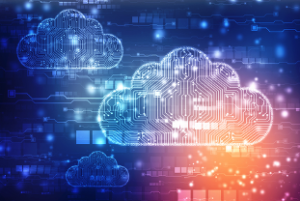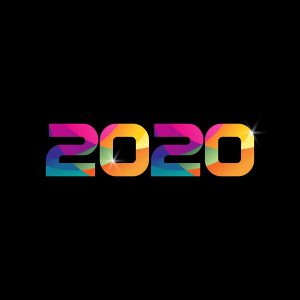 We've covered how government procurement is evolving to meet the way agencies implement and consume technology. From agencies' use of public cloud platforms to agile development methodologies, old acquisition methods are unable to keep up with the pace and process required by modernization and digital transformation goals across government. In fact, the Modernizing Government Technology (MGT) Act was implemented to allocate funds specifically for the update of legacy IT systems to help agencies improve service delivery to the public, secure sensitive data and systems, and increase efficiency. To meet these mandates, procurement processes and technology have to change to be more in tune with the digital transformations happening at the operational level.
We've covered how government procurement is evolving to meet the way agencies implement and consume technology. From agencies' use of public cloud platforms to agile development methodologies, old acquisition methods are unable to keep up with the pace and process required by modernization and digital transformation goals across government. In fact, the Modernizing Government Technology (MGT) Act was implemented to allocate funds specifically for the update of legacy IT systems to help agencies improve service delivery to the public, secure sensitive data and systems, and increase efficiency. To meet these mandates, procurement processes and technology have to change to be more in tune with the digital transformations happening at the operational level.

 The Federal Risk and Automation Management Program, more widely known as FedRAMP, was put in place in 2011 to create a standardized approach to evaluating the security controls of cloud solutions for government use. For nearly a decade, FedRAMP has continually evolved to keep up with the growing availability of and demand for cloud solutions. In fact, the number of authorizations granted between 2016 and 2018
The Federal Risk and Automation Management Program, more widely known as FedRAMP, was put in place in 2011 to create a standardized approach to evaluating the security controls of cloud solutions for government use. For nearly a decade, FedRAMP has continually evolved to keep up with the growing availability of and demand for cloud solutions. In fact, the number of authorizations granted between 2016 and 2018 
 With the government fiscal year starting in October, our Federal government gets a head start on their New Year's resolutions. As we launch into a new year--a new decade, even--we wanted to take a quick look at government technology priorities for 2020 and beyond.
With the government fiscal year starting in October, our Federal government gets a head start on their New Year's resolutions. As we launch into a new year--a new decade, even--we wanted to take a quick look at government technology priorities for 2020 and beyond. With the closing of the decade, we thought it would be interesting to look back at the top technology headlines of 2009 and compare them to where the market is today.
With the closing of the decade, we thought it would be interesting to look back at the top technology headlines of 2009 and compare them to where the market is today.
